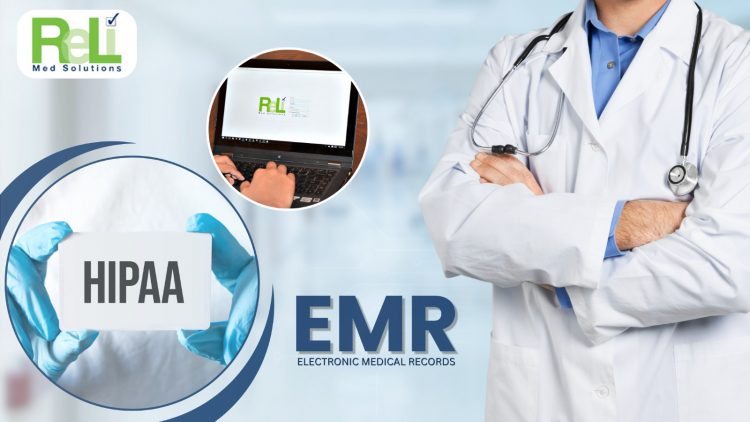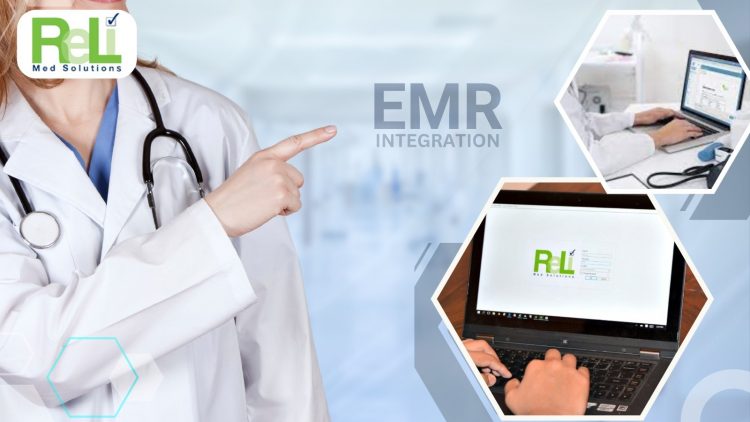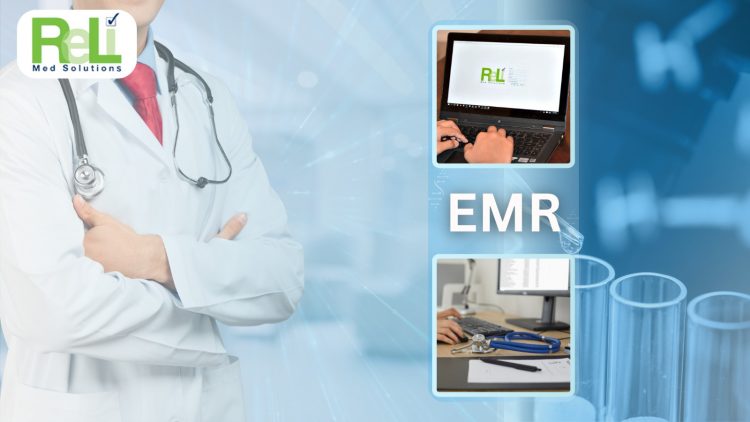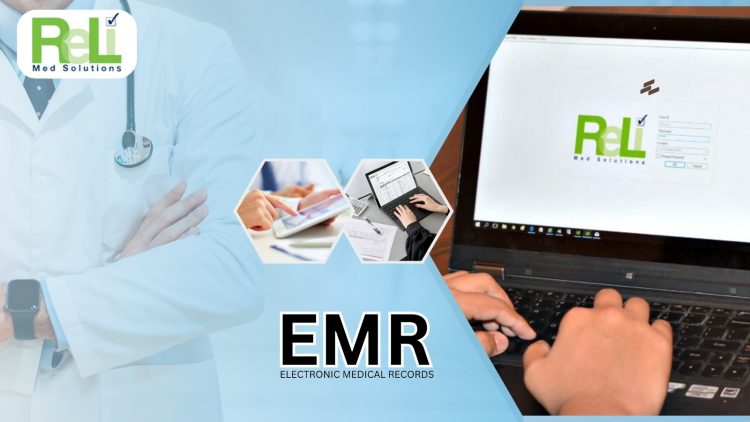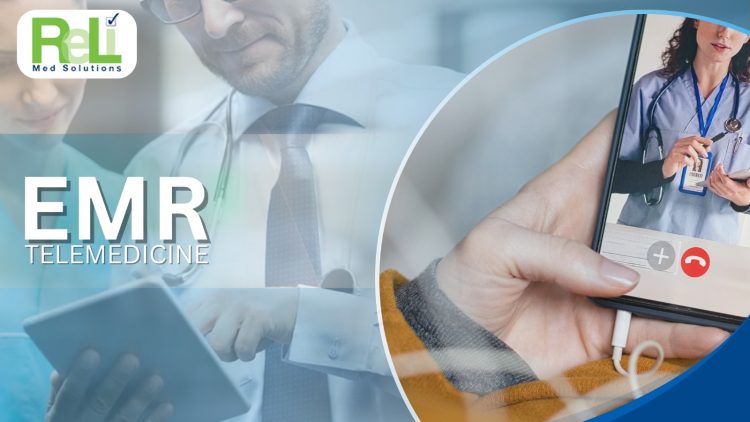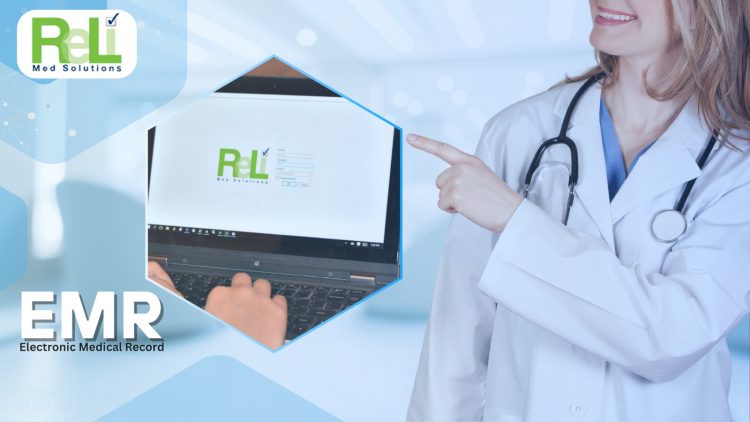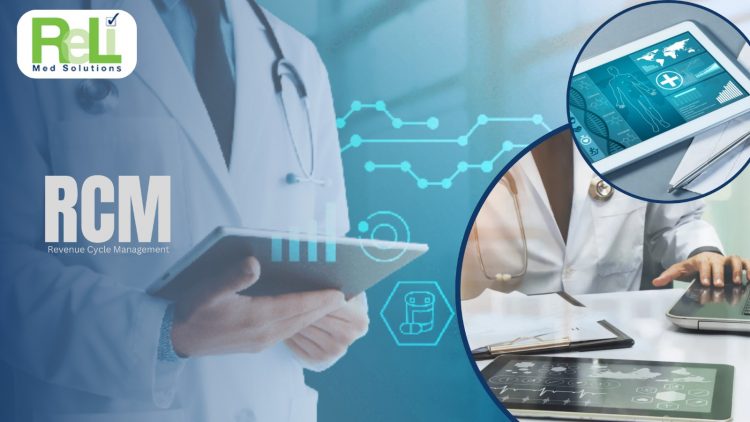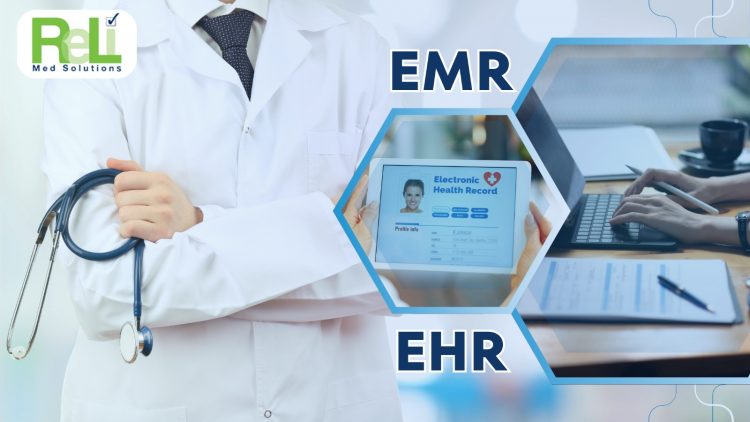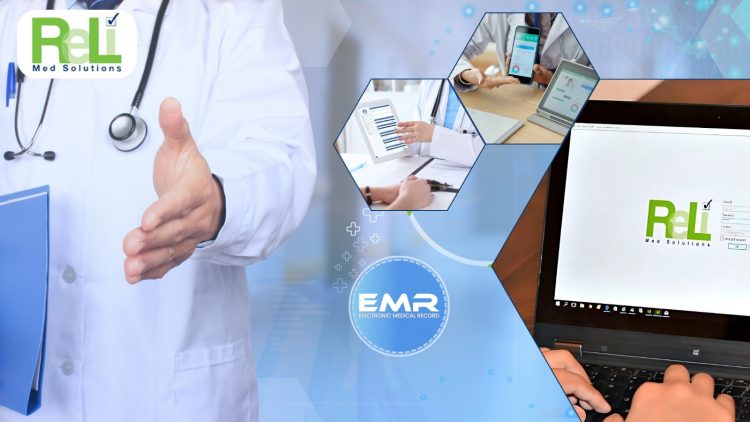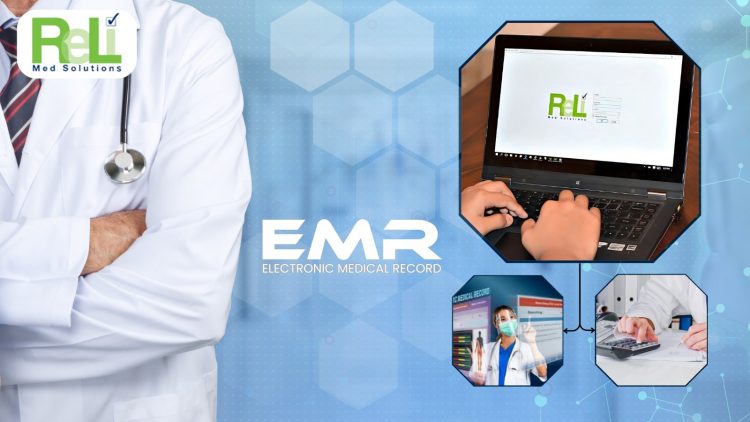Top Benefits of Customizable EMR Solutions for Patient Interactions
In today’s health care world, technology has changed how doctors and patients talk to each other. One big tool that has made a difference is EMR. Customizable EMR Solutions help doctors and health care workers improve their Interactions with patients. Because of that, it’s now easier to manage Medical Records and give better care. Here we will explain how these systems are making patient interactions better.
Addressing Patient Interaction Challenges with EMR Customization Solutions
Doctors many times face problems when interacting with patients. Many systems are hard to use, so they don’t meet the needs of every clinic. But when an EMR system is customizable, it can fix these issues. If the system can change to fit a clinic’s certain needs, it becomes easier to track patient info and enhance conversation. Because of that, health care workers can give faster and more better care. FHIR rules also help make the system work smoothly, making it easier for doctors and patients.
How Does EMR Customization Solve Interaction Problems?
Customizable EMR Solutions offer many benefits that help fix interaction issues. Because of that, doctors can give more personal care to patients. Such as setting up notices for major patient needs. They can also set up patient info in a way that’s easy to use. So, these changes not only help doctors but also make appointments and follow ups quicker and smoother. Also, these systems have helpful EMR software features that make sure patients get the right care at the right time.
Better Accuracy & Access to Patient Records
One big benefit of Customizable EMR Solutions is that they enhance data accuracy. When the system meets a clinic’s needs, doctors can enter data more easily and properly. Because of that, they can quickly raise Medical Records without any faults. But when the data is wrong or hard to find, it can lead to delay, and this may harm the patient’s care. Customization confirms the system runs smoothly, helping doctors avoid mistakes and making the RCM process easier.
Adapting to New Health care Rules with Flexibility
Health care rules are always changing, and EMR systems need to keep up. Customizable EMR Solutions allow health care workers to adapt without causing issues. For example, if a new rule is introduced, the system can be updated to follow it. Because of that, health care workers can focus on patients in place of worrying about these changes. So, the flexibility of adaptable EMR software features allows clinics to stay compliant while delivering the best care.
Why ReLi Med Solutions is the Best Choice for EMR Systems
If you’re looking for the best EMR system, ReLi Med Solutions is a great choice. They offer flexible EMR solutions that can be adjusted to fit your clinic’s needs. With their experience in health care, they help enhance patient care and make processes smoother. Using their system, your clinic can better manage Medical Records, with no mistakes, and keep up with changing health rules. ReLi Med Solutions makes it easy for doctors to give better care and for patients to have a better experience with the clinic.

